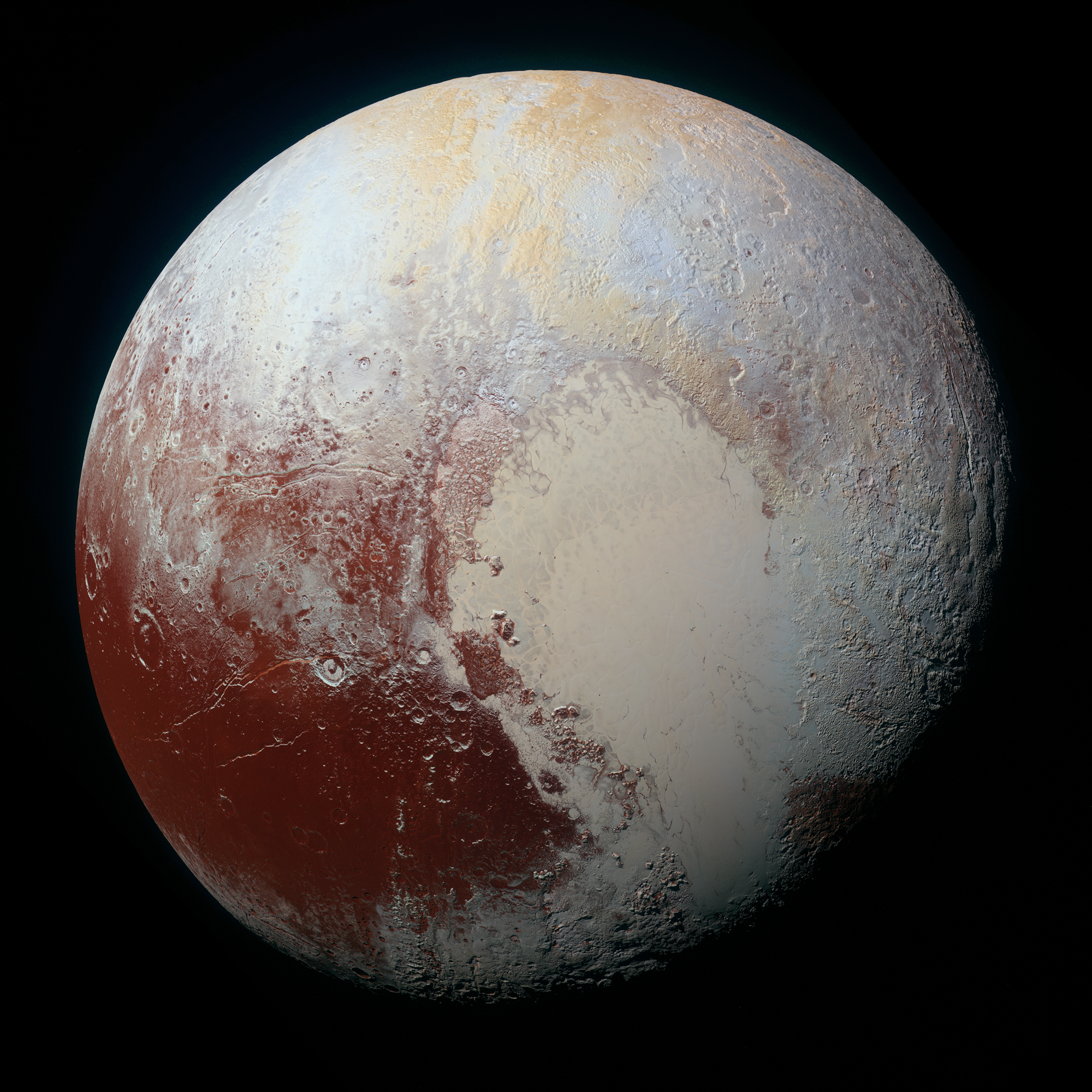Everyone knows Pluto, whether it is the loveable bloodhound from Mickey Mouse or the small icy dwarf planet in our solar system.
Pluto was discovered on Feb. 18, 1930, by Clyde Tombaugh and named after 11-year-old Venetia Burney. Burney’s suggestion was chosen among a thousand suggested names at the Lowell Observatory in Flagstaff, AZ.
Pluto is one of the most interesting planets, with blue skies, tall mountains, red snow and five moons. Despite being 1400 miles wide, or half of the size of the US, it can get very cold, ranging between -228 C and -238 C. Time is also very different on Pluto than it is on Earth. A year on Pluto is 248 years on Earth and a day on Pluto is 153 hours, or six days, on Earth.
Pluto is located in the Kuiper Belt, a doughnut-shaped ring of icy objects around the sun. Another well-known object in the belt, respected by astrologists and astronomers, is Arrokoth, a trans-Neptunian object and the most recent discovery that is the farthest away from the sun. It was discovered by Marc Buie on June 26, 2014 with NASA’s Hubble Space Telescope. Fly-by photos were taken of Arrokoth on Jan. 1, 2019.
Pluto was nicknamed the icy planet, not just because of the cold temperatures, but also for the heart-shaped glacier, which is the size of Texas and Oklahoma combined.
Pluto was classified as a dwarf planet in 2006, 76 years after being discovered. This sparked outrage on the internet and resulted in memes of Pluto going through different emotions like sadness, heartbreak, anger and loneliness.
A dwarf planet is a celestial body that orbits the sun, has enough mass to assume an almost round shape, has not cleared the neighbouring objects around its orbit and is not a moon. A planet, on the other hand, must pass the neighbouring objects around its orbit, and be big enough to have enough gravity to force it into a spherical shape and that its gravity cleared away any other objects of a similar size near its orbit around the sun.
Pluto meets two of these requirements. It has enough gravitational force to be a spherical shape and to clear its path from other objects of similar size, but it has not been able to pass neighbouring orbits, because it is gravitationally dominant. There are no other bodies of comparable sizes under its gravitational vicinity. This is the only gravitationally dominant dwarf planet, so why is it not given an exception?
During the 16th century, planets were classified as objects that orbited around the sun. Pluto was thus considered a planet. Ceres was also considered a planet after being discovered in 1801 between Mars and Jupiter, but was later determined to be an asteroid.
In 2017, a proposal was made to reclassify planets. This meant any round object in space that was smaller than a star would be considered a planet. Although Pluto would be considered as a planet, this meant the Earth’s moon and sun would also be considered a planet, and the proposal did not pass.
With Pluto having a gravitational dominance, everything in the vicinity of Pluto is too small to properly pass. It is impossible for Pluto to properly orbit anything except its moons. Charon, one of the five moons on Pluto, is the largest of the five moons and is half the size of the planet. While being the biggest of the moons, Pluto and Charon orbit each other like a double planet.
People often question why NASA classifies Pluto and Charon as a double planet, but will only classify Pluto as a dwarf planet when it is impossible for it to meet all three requirements.
The Kuiper Belt is also very large, being approximately 30 astronomical units to approximately 55 astronomical units. It is double the distance that Neptune is from the sun. It takes over 200 years for the Kuiper Belt to fully orbit the sun, with a rotation every seven to nine hours.
As more is being discovered in the solar system, the categories of dwarf planets and planets are bound to change. Pluto was discovered to be a planet, and after 76 years, it is fair for people to be upset about the decision. It is not right to exclude it due to it being impossible to orbit anything because of the size of the Kuiper Belt.
